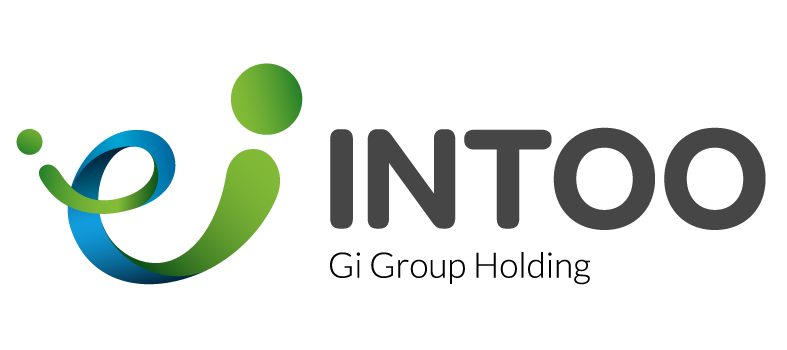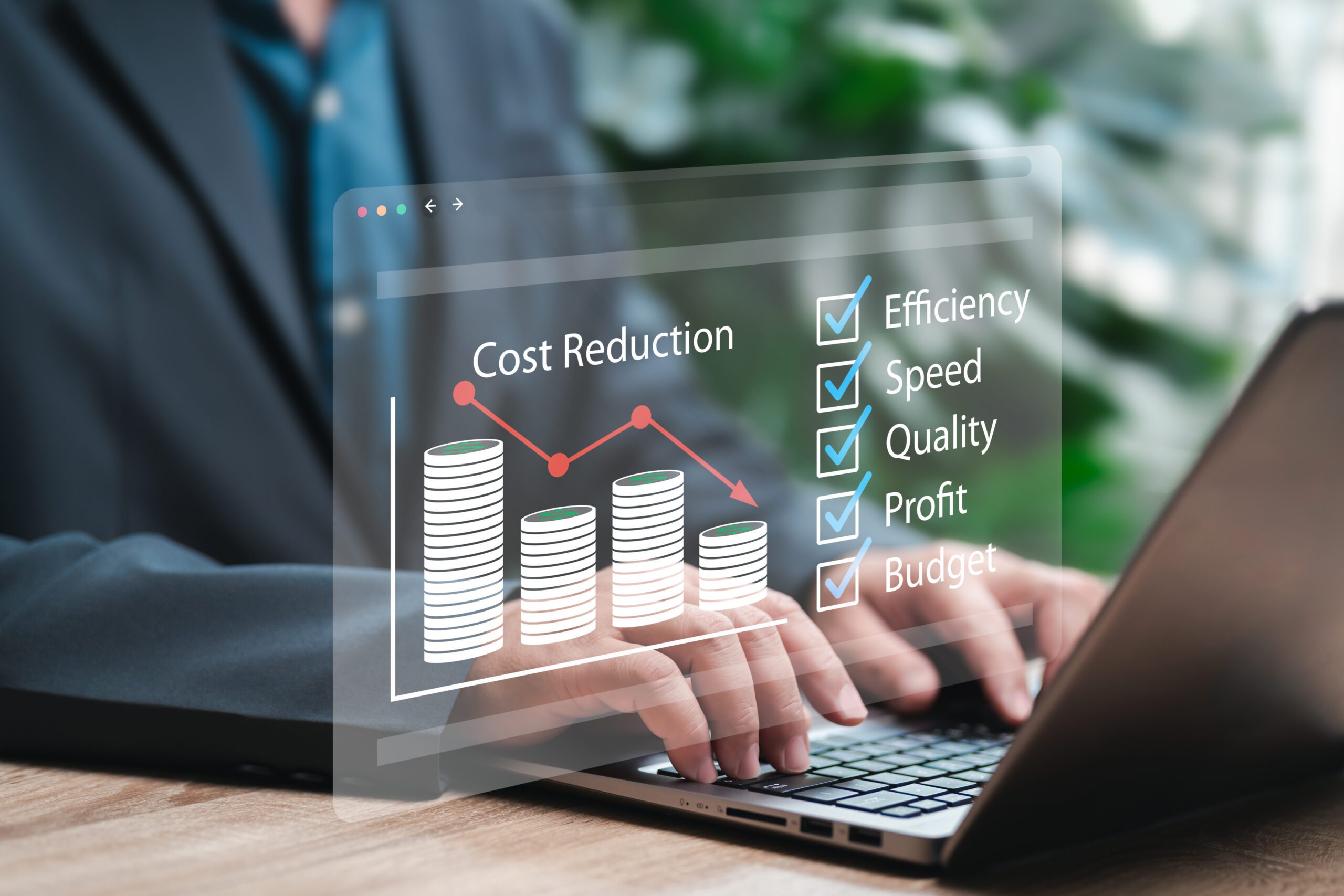What Is a Balanced Scorecard?
A Balanced Scorecard is a strategic planning and management system used extensively in business and industry, government, and nonprofit organizations worldwide. Developed by Robert Kaplan and David Norton in the early 1990s, it enhances organizations’ performance by aligning business activities to the vision and strategy of the organization, improving internal and external communications, and monitoring organizational performance against strategic goals.
The Balanced Scorecard provides a framework for managing an organization through four balanced perspectives: Financial, Customer, Internal Business Processes, and Learning and Growth.
Each perspective offers specific objectives, measures (KPIs), targets, and initiatives that help ensure a holistic approach to strategy execution:
What Are the 4 Points of the Balanced Scorecard
The balanced scorecard (BSC) translates an organization’s strategy into action by measuring performance across four key perspectives:
1. Financial Perspective
This aspect evaluates the organization’s financial performance, traditionally focusing on revenue growth, return on investment (ROI), cost management, and overall financial health. The financial perspective ensures that the strategic changes positively affect the bottom line, which is crucial for the organization’s survival and success. This perspective answers the question, “How do we look to our shareholders?”
2. Customer Perspective
This perspective concentrates on customer satisfaction and retention, market share, and the quality of the organization’s output as viewed by its customers. Key performance indicators (KPIs) might include customer satisfaction scores, churn rates, and net promoter scores. This dimension addresses the question, “How do customers see us?”
3. Internal Process Perspective
This point focuses on the internal operational goals needed to meet customer objectives and financial expectations. It involves assessing and measuring the efficiency and quality of processes that create products and services. Metrics might include cycle times, quality rates, and productivity. The core question here is, “What must we excel at?”
4. Learning and Growth Perspective
Also known as the “Organizational Capacity” perspective, this area focuses on the capabilities that an organization must build to sustain continuous improvement and long-term growth. This includes employee training and development, cultural attitudes related to personal and corporate self-improvement, and the ability to change and innovate. Typical metrics involve employee satisfaction, retention rates, and skill assessments. This perspective answers, “How can we continue to improve and create value?”




